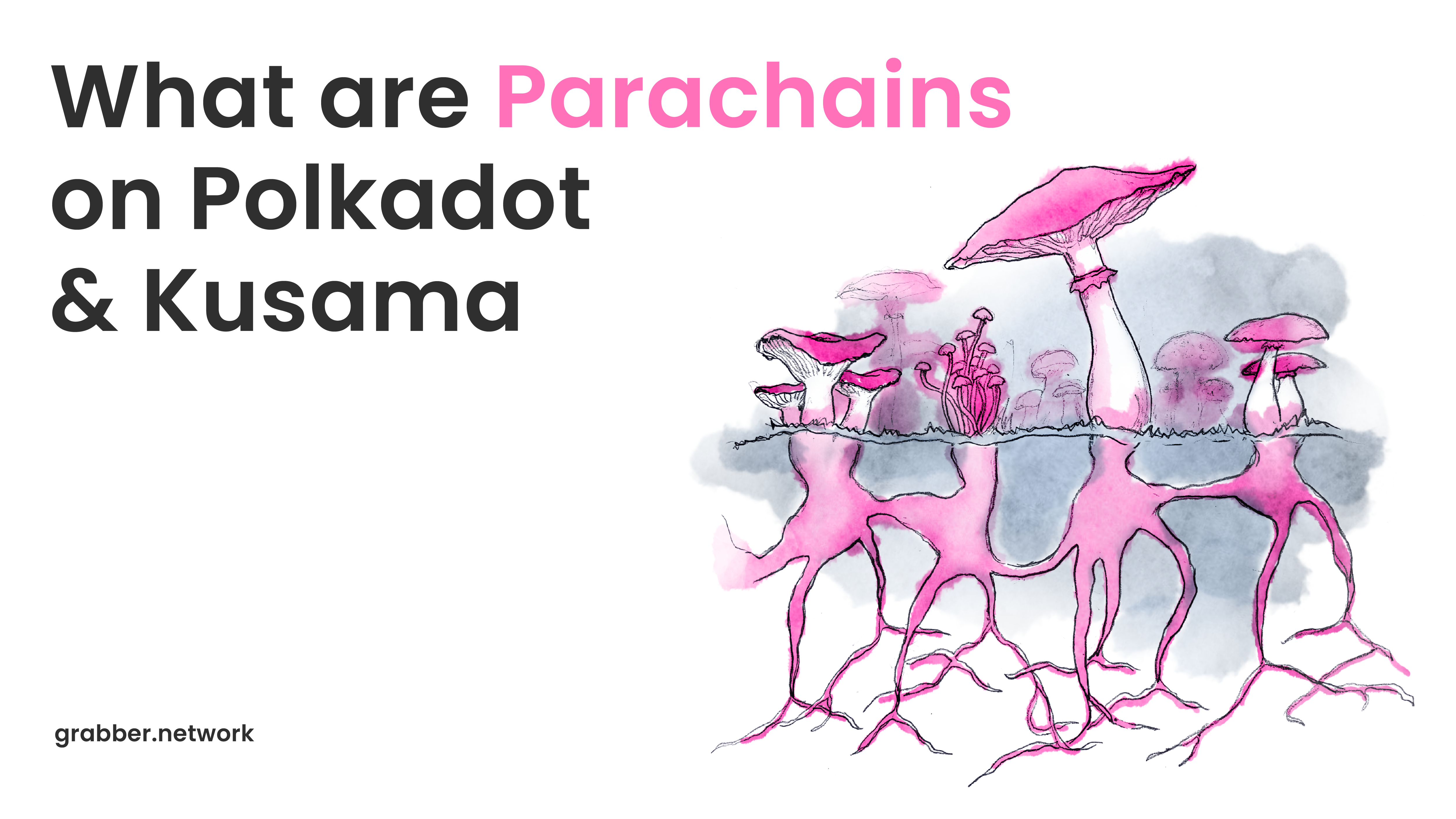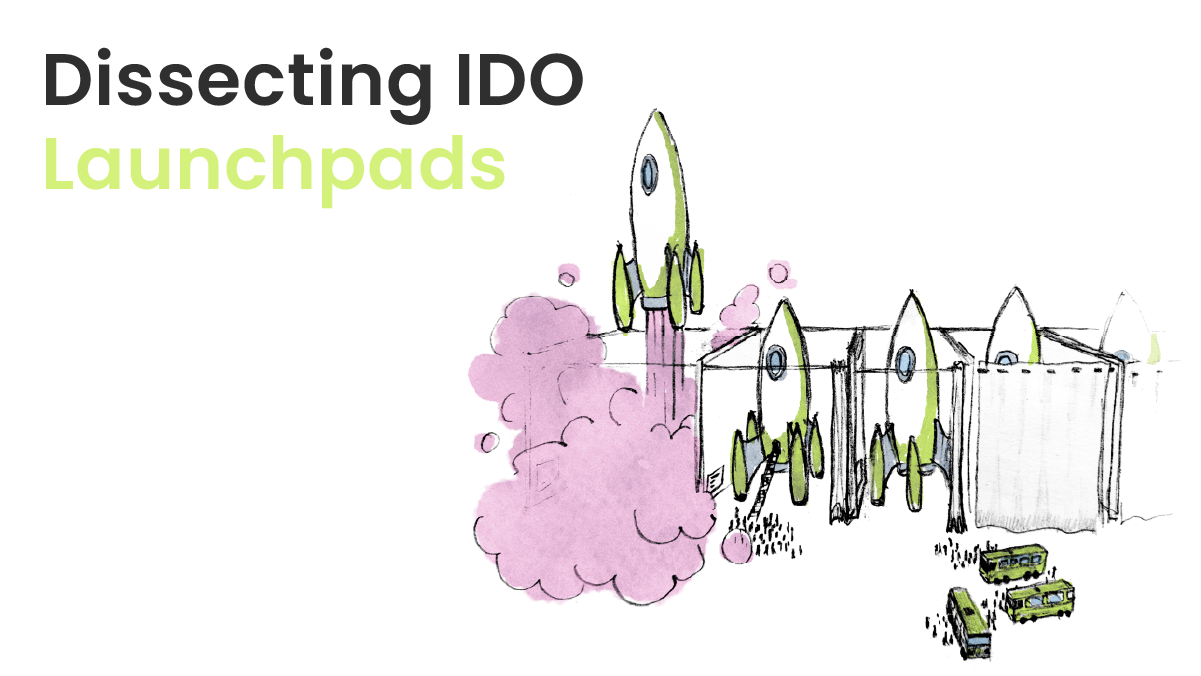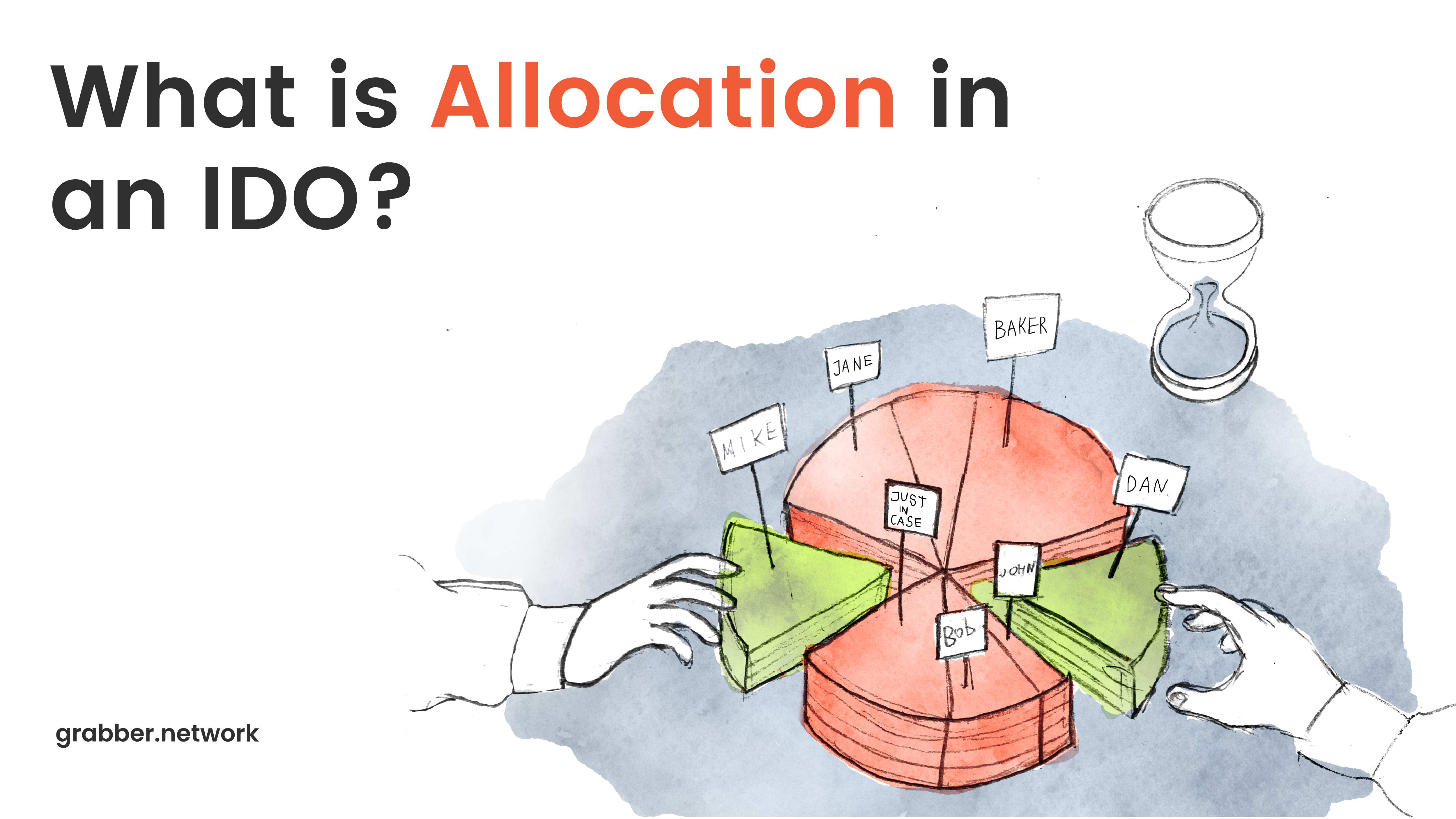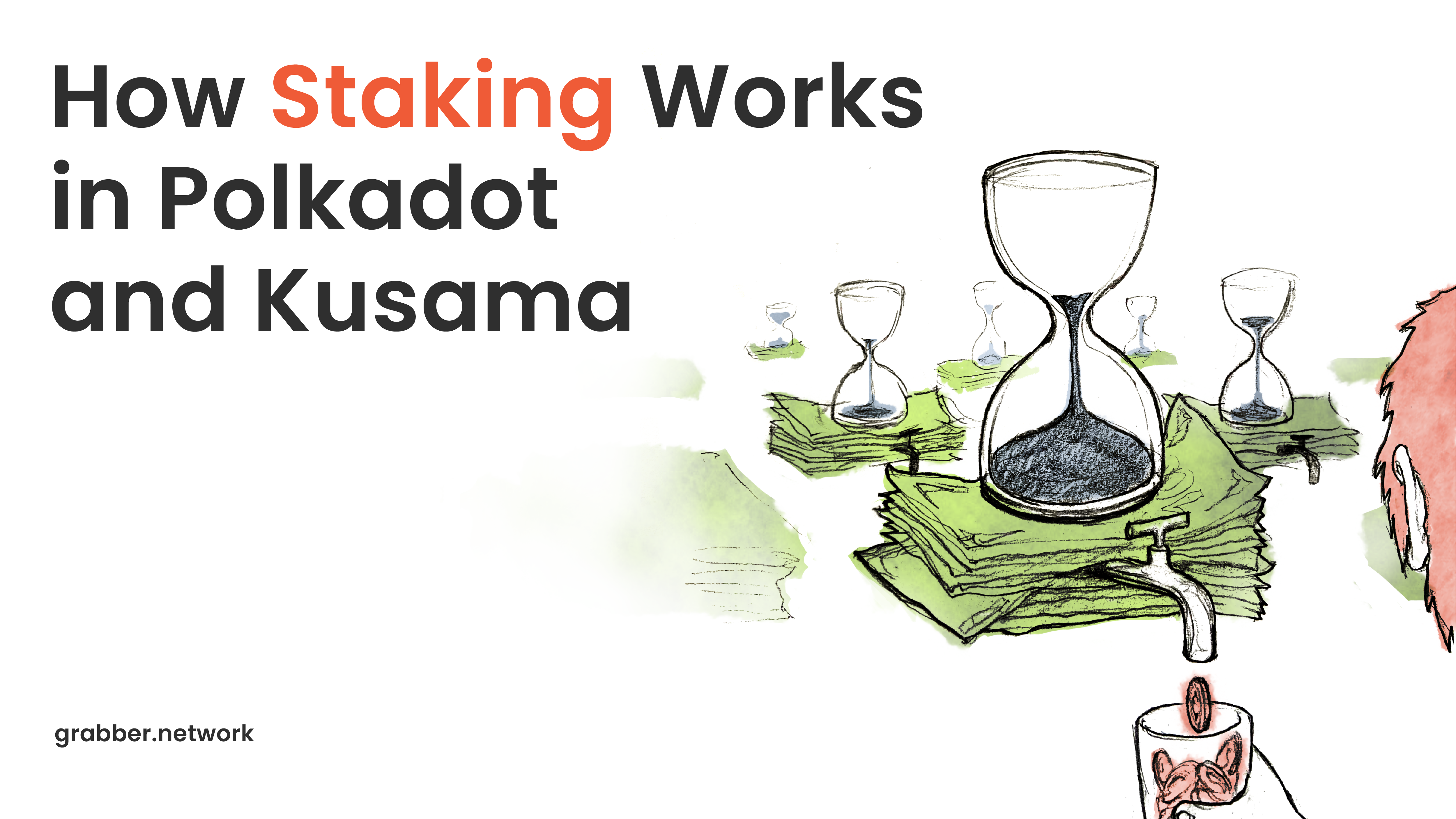What are Parachains on Polkadot & Kusama?

“A parachain is an application-specific data structure that is globally coherent and validatable by the validators of the Relay Chain. <…> Most commonly, a parachain will take the form of a blockchain, but there is no specific need for them to be actual blockchains” – official Polkadot definition for Parachains.
“Data structure”. “globally coherent”? These are accurate, but pretty abstract terms. And at the end of the day, are Parachains blockchains or not? Let us start from the philosophy of Polkadot and Kusama and gradually work our way to the Parachains, figuring out the “data” they hold and the “structure” they might have.
Also, if you’ve indulged into the theme of PolkaDot for any length of time, you’ve most likely heard of Kusama, Polkadot’s experimental sister chain or testnet. A stand-alone canary blockchain, Kusama allows developers to test out new “add-ons”, features and applications before releasing them to the more preppy Polkadot network.
Since Polkadot and Kusama have the same fundamental architecture, we’re going to go through their similar structure simultaneously, making minor clarifications for Kusama and Polkadot on the way.
Polkadot as an ecosystem.
Polkadot is an ambitious ecosystem that is often regarded by crypto enthusiasts as the solution to the blockchain interoperability problem. You see, the current crypto sphere is a pretty fragmented environment with hundreds of stand-alone blockchains functioning in their own separate way without any sensible and stable connection established between them. What Polkadot has introduced to the sphere is a highly scalable platform for interaction between existing blockchains and also the ground for creation of new blockchains with a vast range of use-cases, working in parallel. Parachains! This is the part that we’re going to focus on in this article.
The Relay Chain
The Polkadot ecosystem has a capacity to unite existing blockchains by creating sort of a “bridge of all bridges” – Relay Chain, a solid landing platform and the integral part of its structure.
The Relay Chain is the central chain of Polkadot. This is the layer of PolkaDot where the DOT/KSM token is being utilized, where Polkadot’s Consensus – Nominated Proof of Stake – is being achieved and fulfilled. Thus, this is the layer, where all validators of Polkadot are staked. The Relay Chain has deliberately minimal functionality, it doesn’t even support smart-contracts. The relay chain must be kept unloaded and fast, so it can hold up to the promise of scalability. This is why its structure implies that smart-contracts and other energy-intensive processes take place on other various chains connected to it. The main responsibility of it is to coordinate the system as a whole, including parachains.
The Relay Chain has built in slots that allow it to plug other blockchains or parachains to it. Both are being worked in the Polkadot ecosystem in a different way.

Parachains.
Connection of the existing blockchains to the Polkadot network has its set of complications, the main of which is these blockchains having their own Consensus mechanism and basic token. The way the network deals with this (Parathreads) is a theme for another topic of discussion.
But while Polkadot allows to “plug” the existing blockchains to its ecosystem, it also allows slots for creation of Parachains – blockchains or other data structures, native to its Consensus mechanism and basic Token – DOT/KSM (Think of ETH-based tokens, but on steroids – with their own specific block size, ledger, dApps, etc.). These heterogeneous blockchains can be highly industry-specific and have vastly different ways of data-organization, but are still interoperable with each other. They share in the security of the entire network and can communicate with other parachains through the XCM format. Parachains may have their own economies with their own native tokens.
Parachains frequently communicate with each other, which prevents the main relay chain from becoming congested with every single transaction that comes through the network.

Parachain can have a lot of flexibility regarding its design, model, governance, and have their own tokens emitted and utilized. But, as one of the main advantages of the Polkadot network, Consensus is always delegated to the Polkadot Relay Chain. And this is one of the design features of Polkadot that allows for such an easy interoperability between Parachains in the network.
But how are Parachains actually “connected” to the Relay Chains? Parachains are maintained by Collators – full nodes of the Parachain, which ensure performance of everything on the Parachain, except for the block validation. Collators produce new block candidates to pass to the Relay Chain validators for verification and inclusion in the shared state of Polkadot. The incentivization of a collator node is an implementation detail of the parachain. They are not required to be staked on the Relay Chain or own the native token unless stipulated by the parachain implementation.
This design structure allows parachains to execute transactions faster and at cheaper rates, also bringing a data-security advantage to the table, since Parachains don’t need to disclose user data to the public network.
Parachain flexibility
To create a potential for its diverse and ambitious ecosystem, Polkadot has given optimum flexibility in its requirements for parachain structure. The only criteria set by Polkadot is following the consensus of the Relay chain. It means that the Parachain must prove to the Polkadot validators that each of its blocks has followed the agreed-upon protocol. Parachain can be run as a public or a private network, may or may not have its own native token and governance process implemented. This is the part where the vague “data structure” term in the official Polkadot’s definition of “Parachain” comes from. Since there is so much freedom given for Parachain developers and the Consensus being fulfilled “outside” of the Parachain, the term “blockchain” could not be precisely applied for Parachains, other than as a close synonym.
What can Parachains be used for?
Considering the developer-freedom, the variety of the parachain’s potential use cases are as wide as the range of possibilities Polkadot design provides.
Some of the areas/businesses or industries that have shown interest in running projects on Parachains are:
- Digital Wallets
- Decentralized Finance (DeFi)
- Smart Contracts
- Gaming
- Credentials
- Identity Verification
- Internet of Things
- Oracles (Price Feeds)
On top of that, the Polkadot ecosystem has a place for projects which utilize niche use cases. For example, there is a parachain platform for decentralized censorship-resistant social networks and an open-source futuristic Internet of Things (IoT) and robotics solution, which connects robots as a service for end-users with a decentralized system that globally monitors their activities.
Where do Parachains actually come from? Parachain slot allocation.
The amount of Parachain slots on both Polkadot and Kusama is currently limited to 100 each, a number that is flexible and subject to change by governance vote over time.
There are several types of Parachains, based on their acquisition model:
- “Common good” parachains
- Auction granted parachains
- Parathreads
As it goes for “common good” parachains, their slots are reserved by stakeholders directly for functionality that benefits the ecosystem as a whole. These Parachains are allocated and removed by the on-chain governance system. The purpose of these Parachains usually falls into one of two categories: system level chains or public utility chains. System level Parachains are used to unload the Relay Chain, move functionality into parachains. Public Utility Chains add functionality that doesn’t exist in the ecosystem yet, but that the stakeholders believe will add value to the entire network. They unconditionally accept the ecosystem’s native token (DOT/KSM) and obey the messages from the Relay chain. The first and prime example for a public utility Parachain is Statemint/Statemine on Polkadot and Kusama accordingly. It allowed for creation and management of assets, supporting both fungible and non-fungible assets.
Auction granted Parachain slots are basically rented out to crypto startups for a set period of time. Candidates for Parachain slots are competing during highly anticipated Parachain auctions. These auctions are being carried out in a permissionless manner with a high level of community involvement. Although Polkadot allows for teams to stake their own DOT tokens to secure a slot, the most common way to fund a bid is by using the crowd loan functionality of Polkadot.
During a parachain auction, DOT or KSM holders can bond their cryptocurrency to support the project that they believe should receive a parachain slot. In return, the project may commit to airdrop tokens (or provide other rewards) to their supporters. If the project wins, the bonded DOT or KSM is locked by the network for the duration of the parachain slot (96 weeks for Polkadot and 48 weeks for Kusama), after which the tokens are unlocked and may be re-claimed by those who contributed.
Polkadot uses so-called Candle auctions – a term, originating from the selling of ships in the 16th century, where the auctioneer would light a candle at the start of bidding, and the person with the highest bid at the time the candle flame went out would “win” the ship. There is no official predetermined “end” to the Polkadot and Kusama auctions too. The Polkadot protocol uses a verifiable random function (VRF) to randomly decide the precise moment that the auction closes.
Parathreads have the same API as parachains, but are scheduled for execution on a pay-as-you-go basis with an auction for each block.
Parachain examples:
At the time of writing this article, there are 21 operating Parachains on Polkadot and 39 Parachains on Kusama with the active 49th Parachain auction being carried out on Kusama.
The biggest existing projects on Polkadot are:
Acala (Polkadot)
The first parachain to secure a slot. Over 32M DOT contributed from over 190K community members. It is undoubtably the momentus achievement for the ecosystem.
Acala team has previous PolkaDot experience. They’ve helped to develop mobile wallets, such as Polkawallet and then have developed mobile wallets and have contributed extensively to the development of substraint ecosystems.
Acala is the DeFi hub of Polkadot. It is an Ethereum-compatible platform for smart contracts. The platform offers a trustless staking derivative liquid $DOT, a multi-collateralized stablecoin (aUSD), and an AMM DEX. Acala has built in liquidity and an advanced set of ready-made modular financial applications.
This allows developers to gain access to the best functionalities of Ethereum while also taking advantage of substrate advantage powered blockchain infrastructures.
Native Token – ACA. You can get more info on Acala on their official website.
Moonbeam (Polkadot)
The winner of a grant from the Web3 Foundation, Moonbeam has secured a parachain slot in November 2021.
It is a smart-contract parachain that makes it easier to redeploy Solidity and Vyper projects from Ethereum to Polkadot with its developer tools.
This means that smart contracts, dApps, APIs, oracles, Web3 wallets and other integrations hosted on Moonbeam can access and communicate with counterparts within the ecosystems of other linked networks, including Polkadot and Ethereum.
The Moonbeam network’s native token is Glimmer (GLMR). More info on Moonbeam on their official website.
Its Kusama parachain sister project Moonriver won the 2nd KSM auction in June 2021, reclaiming it once again in March 2022.
Centrifuge (Polkadot)
Tokenization is the focus of Centrifuge network, which secured Polkadot’s 9th Parachain slot in January 2022.
Centrifuge is a decentralized finance (DeFi) lending protocol. Its associated dApp called Tinlake is a marketplace for tokenized real-world assets. By minting NFTs that represent verified real-world assets, companies can collect assets to use as collateral on their loans and quickly access more liquid funds which are provided by individual investors.
In return, investors can utilize traditional business lending methods to earn a more predictable reward on their investment and protect themselves from exposure to the unpredictable volatility of crypto markets.
Centrifuge is powered by the Centrifuge token (CFG). Take a look at their official website for more info.
Shiden Network (Kusama)
Shiden Network, a test network of Astar (who also secured a Polkadot Parachain slot) is dApp hub from Japan that supports Ethereum Virtual Machine, WebAssembly, dApp staking and layer 2 solutions. It has secured its Parachain slot in June 2021.
Shiden is multichain: the team is building bridges to Ethereum, Cosmos, Secret Network, and others.
Token for Shiden network is (SDN). You can check out their official website for more information.
Khala (Kusama)
Khala is a cloud computing platform with a focus on privacy and security and a Kusama Parachain slot holder since July 2021. It provides computing power to other dApps on Kusama, while taking care of data confidentiality. So, for example, dApps will be able to feed transaction history or data about trades opened on decentralized exchanges into Khala’s computing cloud to be analyzed without worrying that the nodes that provide computing power abuse that information.
The project has already launched an Ethereum bridge, so it’s not just Kusama-native dApps that will be able to benefit from Khala’s trustless and scalable computing cloud.
A native token of Khala is K-PHA. Here’s Khala’s official website.
Receive updates from our blog
You may be interested
Learn basics in our free Wiki section!



